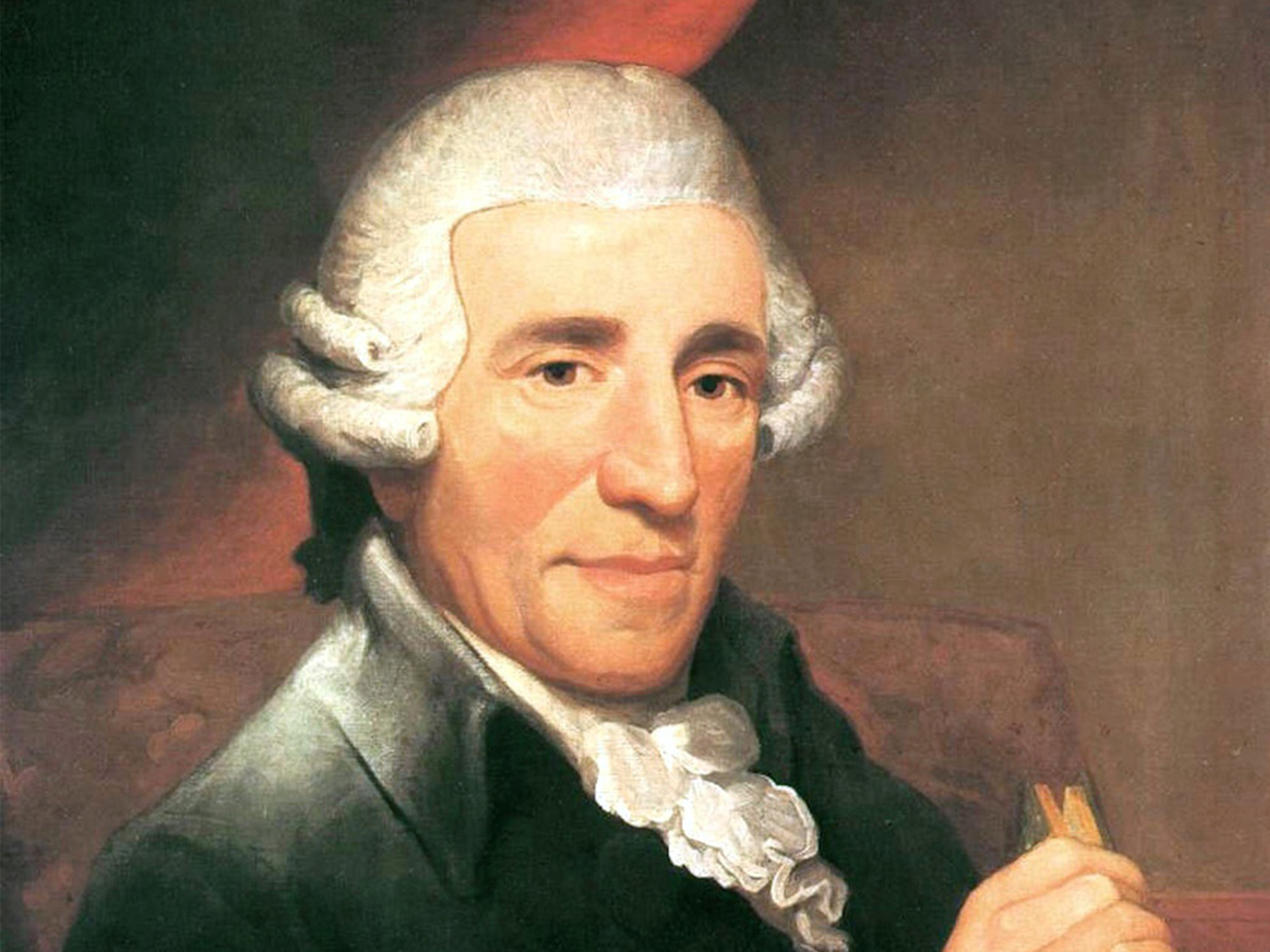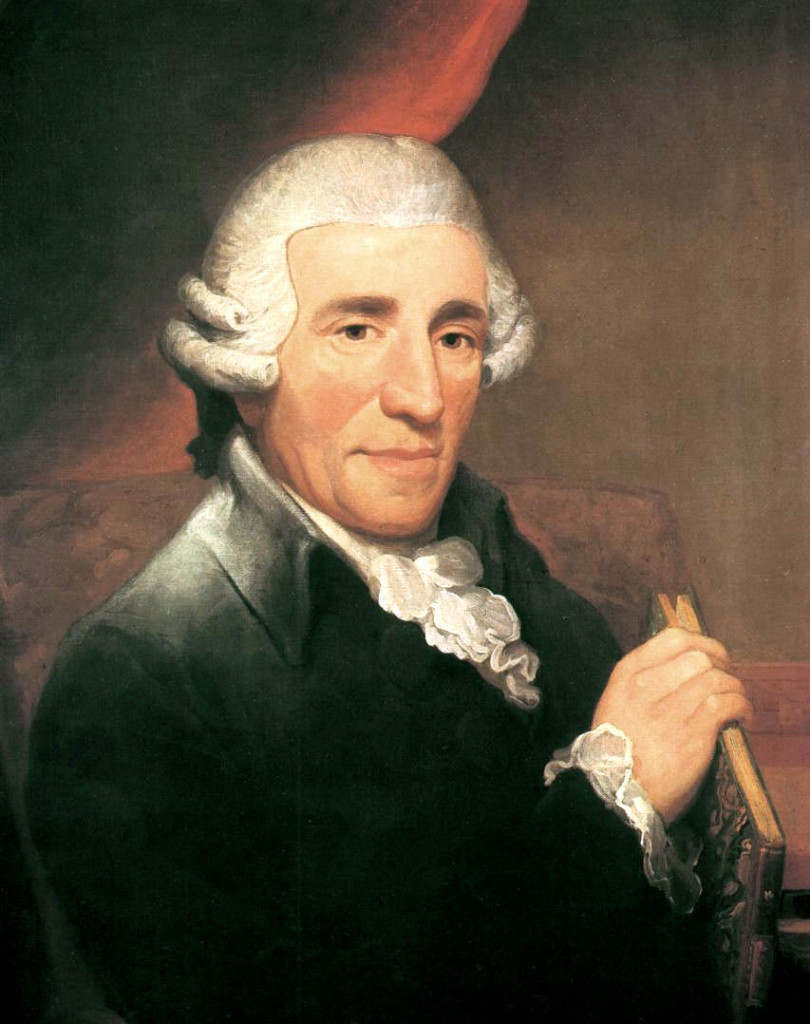Franz Joseph Haydn, often referred to as the “Father of the Symphony” and the “Father of the String Quartet,” was a prolific and influential Austrian composer of the Classical era. His life (1732-1809) spanned a crucial period in the history of Western classical music, and his contributions left an indelible mark on the development of the symphony, chamber music, and the overall structure of classical compositions. Here are 10 interesting facts about this musical luminary:
- Early Musical Education:
Haydn was born in Rohrau, Austria, into a humble family. His musical talents were evident from a young age, and he received early education in music as a choirboy at St. Stephen’s Cathedral in Vienna.
- Esterházy Patronage:
Haydn spent the majority of his career as a court musician for the Esterházy family, one of the wealthiest and most influential in the Austrian Empire. This patronage provided him with financial stability and creative freedom.
- Symphony No. 94, “Surprise”:
One of Haydn’s most famous compositions is Symphony No. 94 in G major, often known as the “Surprise Symphony.” The second movement features an unexpected loud chord designed to wake up any drowsy audience members.
- The Creation and The Seasons:
Haydn composed two oratorios late in his career, “The Creation” and “The Seasons.” These works are significant examples of Haydn’s mastery in choral writing and storytelling through music.
- Influence on Mozart and Beethoven:
Haydn was a mentor and friend to Wolfgang Amadeus Mozart and Ludwig van Beethoven. Mozart learned from Haydn’s compositions and, in turn, influenced Beethoven, creating a strong link between the three composers.
- String Quartet Innovations:
Haydn played a pivotal role in the development of the string quartet. His Opus 33 quartets, composed in 1781, introduced a new level of sophistication and interaction among the four instruments, setting a standard for future composers.
- Farewell Symphony:
Symphony No. 45 in F-sharp minor, known as the “Farewell Symphony,” is famous for its unusual ending. During the final movement, each musician stops playing, extinguishes the candle on their music stand, and leaves the stage, symbolizing their desire to return home after a long performance season.
- Innovations in Sonata-Allegro Form:
Haydn made significant contributions to the development of the sonata-allegro form, a structure widely used in the first movements of classical symphonies. His works featured dynamic contrasts, thematic development, and unexpected twists, influencing composers for generations.
- Nicknames:
Haydn acquired several nicknames during his lifetime, including “Papa Haydn” due to his role as a fatherly figure in the world of classical music. Another nickname, “The Schoolmaster,” reflects his dedication to musical education and his influence on younger composers.
- Final Resting Place:
Haydn’s remains were originally interred in the Hundsturm cemetery in Vienna. However, in 1820, his remains were moved to the Bergkirche in Eisenstadt, where they rest to this day. Haydn’s tomb in the Bergkirche is a pilgrimage site for music enthusiasts and historians alike.


Comments are closed